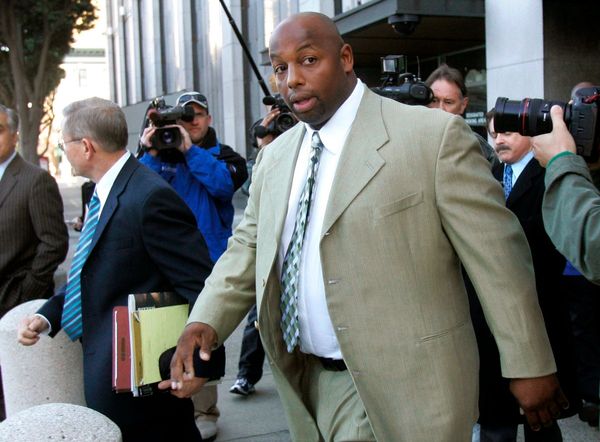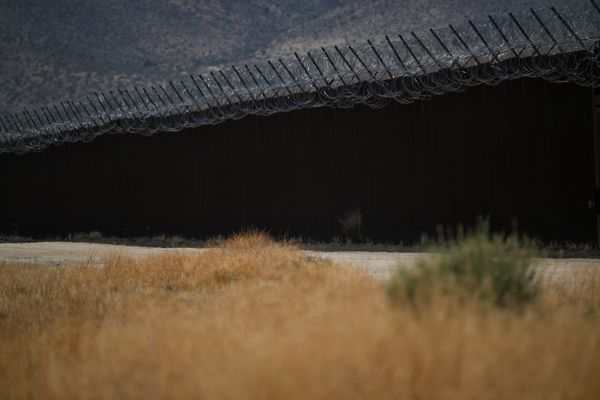
Cave diving, according to renowned explorer Jill Heinerth, is the closest thing on Earth to visiting another planet.
Diving Into The Darkness, a new documentary by Sydney filmmaker Nays Baghai, follows Heinerth on some death-defying expeditions to the world's deepest caves in Mexico and even ice caves in Antarctica.
"The day I am not afraid about what I'm doing is the day I should hang up my fins," she declares.
Heinerth has lost more than 100 friends to technical and cave diving accidents and in the film questions whether the risks are worth it.

Watching her navigate confined spaces underwater and underground, accompanied by the sound of her re-breather, is genuinely uncomfortable.
But the caves are also strangely beautiful and the film boasts some spectacular cinematography of underwater cathedrals that very few have ever seen.
Baghai, an award-winning filmmaker at the age of 26, filmed re-enactments of some groundbreaking expeditions Heinerth has been involved in.
They include mapping the world's longest cave system, Sistema Huautla, in Mexico's Sierra Mazateca mountains - which involved swimming 68 metres below the surface.
Shooting these scenes was incredibly gruelling, said Baghai, who had to direct a crew that hadn't worked together before, while underwater.
"We were constantly improvising and also going well beyond where most recreational divers, let alone Hollywood crews, are capable of going," he told AAP.

While underwater caves have been captured on film before, it's usually by experienced technical divers crossing over into filmmaking: Baghai came at it from the other direction.
He believes he could be the first director to learn cave diving for a film project, having taken a rigorous technical diving course in Mt Gambier, South Australia.
Baghai maintains cave diving is not as dangerous as it's made out to be yet his film explores the deadly risks that come with even the most routine expeditions.
On one outing Heinerth's dive buddy got wedged in a tight spot and panicked, kicking up a cloud of silt that destroyed any visibility.
As she began a slow and methodical search for her partner, Heinerth's regulator failed and her dive reel - a vital line showing the way to the surface - snapped.
Filming re-enactments of these scenes, Baghai and his crew wrangled camera gear that weighed up to 30 kilos, during dives that lasted up to four hours.

Predictably, lighting was also a challenge - the crew relied on a minimalist setup, with Heinerth also carrying her own lights.
The film also features former Australian of the Year Dr Richard Harris, known for his role in the efforts to rescue 12 children from the Tham Luang caves in Thailand.
Diving into the Darkness is not only about cave diving: it explores what drives an explorer to push herself to the limit and the impact this has on others in her life.
Baghai has been thrilled with the warm reception for the documentary so far and hopes Netflix might release it more broadly.
Diving Into The Darkness premieres at the Hayden Orpheum in Sydney on October 1.







